There are a small number of core classroom routines I use every single lesson. One of these is Turn and Talk. Since introducing this routine into my teaching several years ago, I would be surprised if a single lesson has gone by where I haven’t used it at least once.
The routine is simple enough: propose a question or thought to the class, ask students to turn to their partner for a specified amount of time (typically anywhere between 30 seconds and two minutes), and, suddenly, the classroom becomes alive with excited chatter. As they talk, I circulate, noting down any especially insightful snippets of conversation. And then, we come back together, usually to share a selection of what’s just been discussed with the whole class.
Using Turn and Talk
Even a quick glance over my last few lessons would reveal some of the many ways I use Turn and Talk within a typical lesson:
- Discussing Cecil Day-Lewis’ wonderful poem ‘Walking Away’, we arrived at one of its most crucial lines. Not wanting to pass over it too quickly and conscious of giving students time to get to grips with its imagery, I asked them to turn to their partner and share observations about the line before then shifting back into whole class discussion.
- In a Much Ado About Nothing revision lesson, I asked students to turn to their partners and tell each other the story of the play, rehearsing and reminding each other about its key details.
- After independently planning an essay response, I asked students to turn to their partners and share their approach. They added any further ideas onto their own plan. We then shifted back into independent work, now ready to write the full response.
- Having just watched the infamous sleepwalking scene in Macbeth, I asked students to turn to their partners and share how they felt about Lady Macbeth in this moment and whether this had changed from the start of the play.
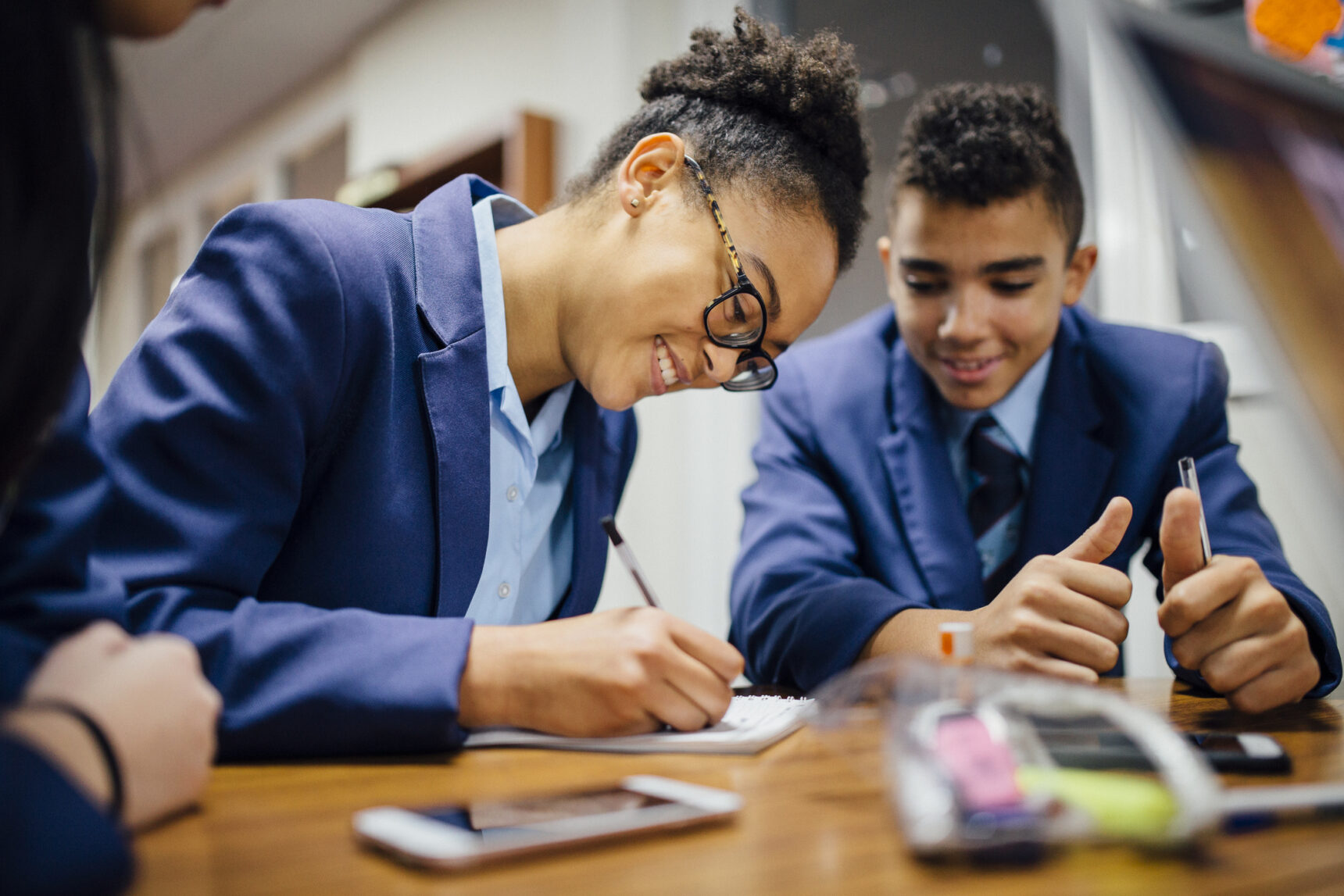
This is just a small sample of an infinitely flexible routine: such exchanges play out lesson after lesson in my teaching, interspersed throughout discussion and bookending independent work.
There are many excellent reasons why Turn and Talk is such a powerful routine:
- It gives students the opportunity to test out and verbalise their thinking, making sure everyone in the room participates in the learning and often moving their ideas forward.
- For many students, sharing an idea for the first time in front of the whole class can be incredibly daunting. By shifting initial thinking to an audience of just one (their partner), students gain confidence in their ideas, feeling much more comfortable to subsequently share with more people.
- The first idea is rarely the best. Turn and Talk is a great way for students to redraft their immediate reaction to a question, using their partner as a sounding board to then improve or finesse their thinking.
- It can break an intellectual deadlock in the room. Ask a question, and no hands go up. Ask it again after Turn and Talk, and you’ll find a room filled with eager hands.
Turn and Talk is an invaluable routine for any teacher of any subject, providing students with a safe space in which to intellectually experiment and rehearse their ideas. There is a way, though, to make it even more suited to the English classroom.
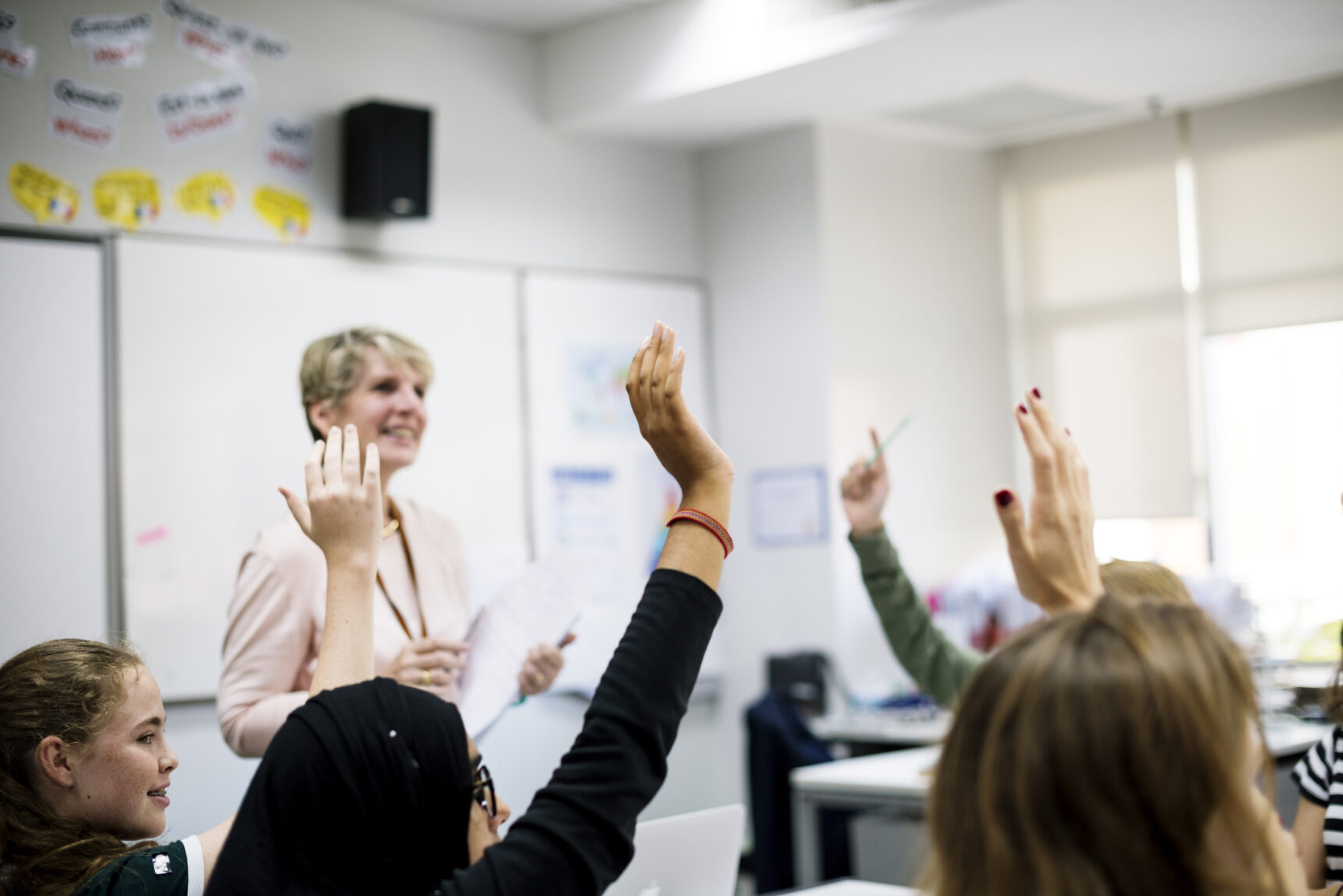
A and B: Making Turn and Talk English-y
This variation of Turn and Talk begins with asking students to name themselves ‘A’ and ‘B’ so that there is one of each in each pair. By doing this, we can introduce a certain intellectual tension into the routine. Students are no longer simply sharing ideas but framing their discussion in opposition. In a subject such as English – framed around debate and persuasion – this becomes a subtle but incredibly powerful tweak.
For example, show students a purposely contentious statement about a text: ‘Lady Macbeth is a powerful and strong character’, for instance. Now, you say, let’s imagine those labelled B think this is a terrible idea. It’s clearly untrue, they think. If you’re A, you say, your job is to persuade the Bs that they’re wrong, and it is, in fact, an excellent idea. Not only does this introduce a latent sense of competition, but the discussion pivots around students rehearsing a compelling argument. This is crucial for the discipline of English Literature. You can incite even more excitement by asking students to switch positions during the discussion.
Another version: Student A begins by saying a quotation from the currently studied text; student B needs to then return by saying another one. Like a rally in tennis, the ball goes back and forth, but if one partner takes more than five seconds, it drops. Point, A. Once the back and forth begins to die down, reset by introducing another text from which students can draw quotations. Reset again: the As continue to offer quotations, but now the Bs need to offer a point of analysis about whatever quotation is in play. Back and forth, back and forth, and then switch: now As need to offer the analysis.
If it isn’t already, make Turn and Talk a cornerstone of your pedagogic repertoire. But, more than this, play around with the strategy, thinking of ways – like A and B – to make it even more suited to your specific subject.
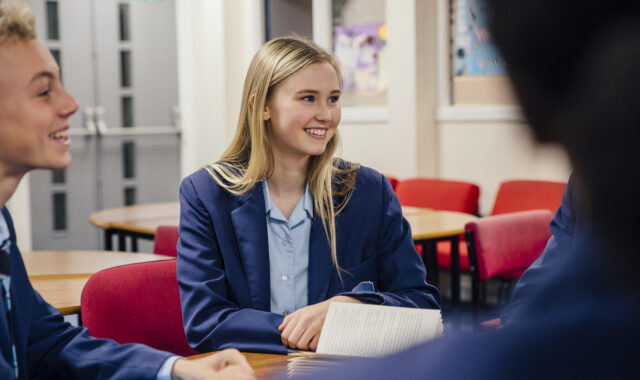

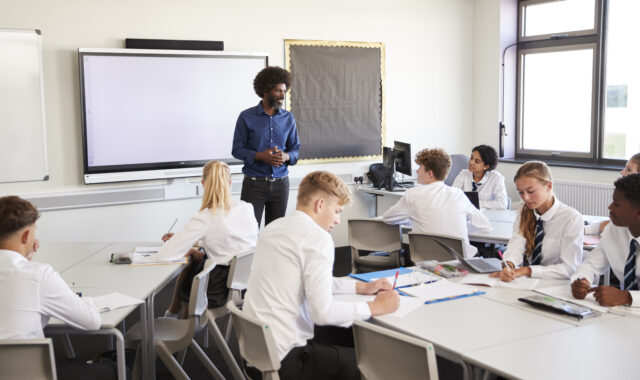
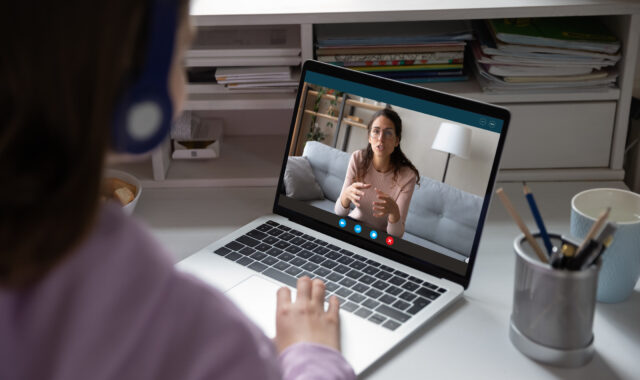



Comments